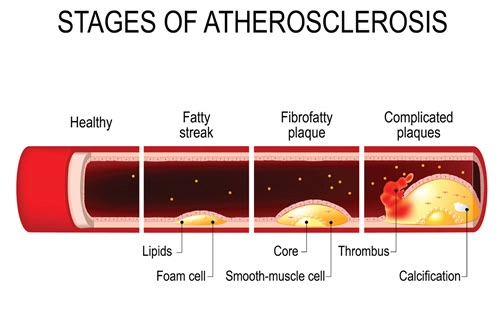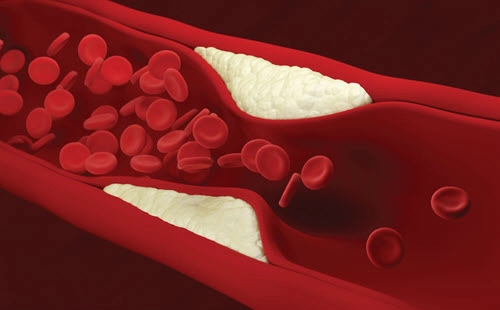Learn which details need to be in documentation for atherosclerotic heart disease with angina pectoris.
Atherosclerosis can be extremely difficult to report because ICD-10-CM offers many codes to choose from. For example, you must check the documentation for details such as the site of the atherosclerosis, whether the patient has associate angina, and if so if the angina is stable or unstable.
Read on to learn how to avoid the common atherosclerosis ICD-10-CM mistakes.

Understand What Happens When Patient Has Atherosclerosis
Many people use the terms “atherosclerosis” and “arteriosclerosis” interchangeably. Arteriosclerosis is the stiffening or hardening of the artery walls. Atherosclerosis is a specific type of arteriosclerosis, says Catherine Brink, BS, CPC, CMM, president of Healthcare Resource Management in Spring Lake, New Jersey.
Atherosclerosis is a buildup of plaque within arteries, explains Carol Hodge, CPC, CPMA, CDEO, CCC, CEMC, CPB, CFPC, COBGC, senior documentation specialist at St. Joseph’s/Candler Medical Group. “Plaque can be made up of fatty deposits, cholesterol, and others. As this plaque builds up inside artery walls, the walls thicken and the passageway for blood flow narrows. The narrowing causes reduced blood flow and reduced oxygen flow to the body. This reduced blood flow can cause coronary artery disease, carotid artery disease, peripheral arterial disease, or chronic kidney disease (CKD),” she says.
In addition to a blockage caused by the narrowed arteries, a piece of plaque can break off and be carried though the blood stream and get “stuck” in an artery, which can also block blood flow or oxygen, Hodge adds. If this blocks blood flow or oxygen to the brain, it can lead to a stroke.
Choose Appropriate ICD-10-CM Code for Specific Type of Atherosclerosis
ICD-10-CM offers the following multiple codes you can use to report atherosclerosis:

Don’t miss: Some of the atherosclerosis codes are combination codes you should report if the patient also has angina pectoris. For example, if your cardiologist documents atherosclerotic heart disease of native coronary artery with unstable angina pectoris, you should report I25.110 (Atherosclerotic heart disease of native coronary artery with unstable angina pectoris).
If the patient has atherosclerotic heart disease with angina pectoris, the following details are needed within the medical documentation, according to Rebecca Sanzone, CPC, CPMA, quality assurance specialist at St. Vincent Medical Group/ Accension Health and coding consultant at the American College of Cardiology:
Avoid These Pitfalls When Reporting Atherosclerosis
The challenges of supporting atherosclerosis are many, Hodge says. For example, for atherosclerosis of the extremities, the documentation must include the extremity affected, any associated pain, if there is ulceration or gangrene, and if it is a native artery or a graft.
For atherosclerosis of a coronary artery, the documentation needs to state if there is associated angina, if it is a native artery or a graft, etc., Hodge adds. To deal with these challenges, providers must be educated on the importance of detailed documentation. Complete documentation is important for coding to the highest level of specificity.
As a coder, you need to determine the type of atherosclerosis, which should be properly documented, Brink says. If the medical record does not specify the type of atherosclerosis, you should query the provider for clarification, and the documentation should reflect the specific type.
“Of note, atherosclerosis coding may require and “additional code” to identify underlying etiology,” Brink adds. “When coding atherosclerosis, look for ‘use additional code,’ [notes] such as coding for tobacco dependence or history of tobacco use.”
